Developing increasingly lighter and stronger alloys for engineering applications is an ongoing – and never ending – endeavour of materials scientists.
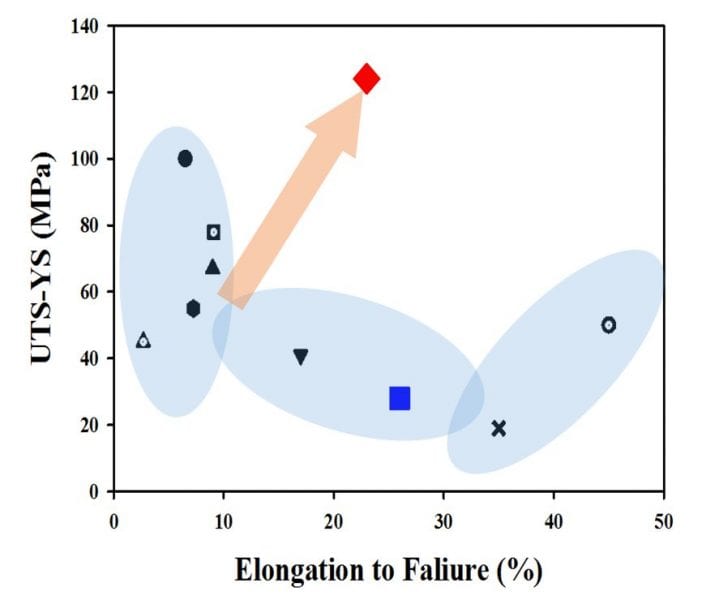

Developing increasingly lighter and stronger alloys for engineering applications is an ongoing – and never ending – endeavour of materials scientists.
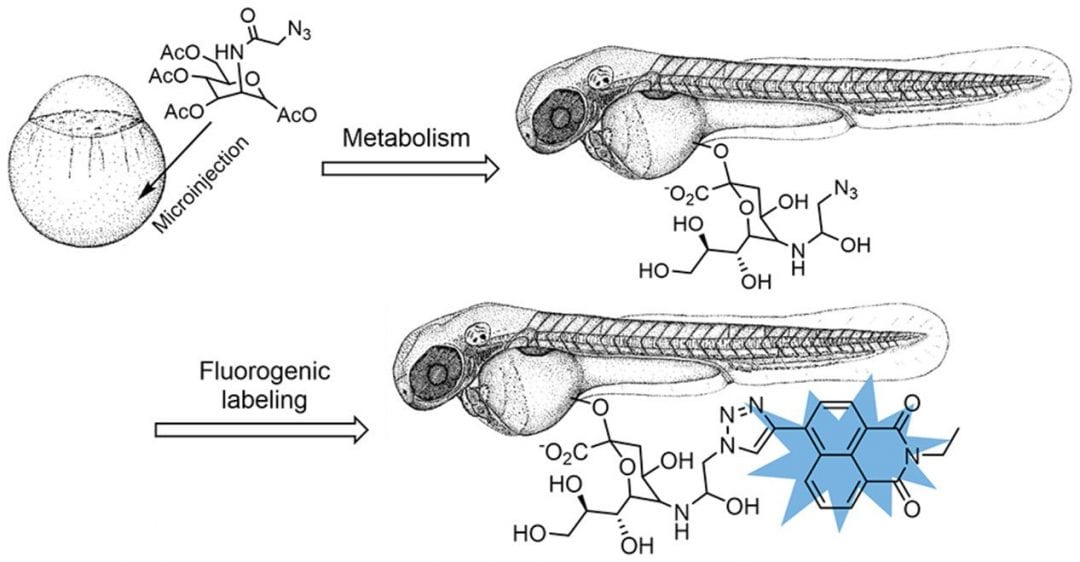
Researchers in China have developed a novel probe for in vivo sialome imaging. Based on the click reaction the fluorophore is generated in situ.

In a new study, researchers from the Johannes Kepler University in Linz, Austria, present for the first time a synthetic route to prepare polyphosphazenes with globular, highly branched morphologies (so called “star dendritic molecular brushes”) and controlled size.

A common goal for tissue engineering has been finding a way to regenerate and repair the inflamed tissues.
Four outstanding young polymer scientists were awarded the 2016 Journal of Polymer Science poster prize for the Division of Polymer Physics (DPOLY) at the March American Physical Society (APS) meeting.

Professor Ozin tackles one of the most popular metrics in modern science – the h-index.
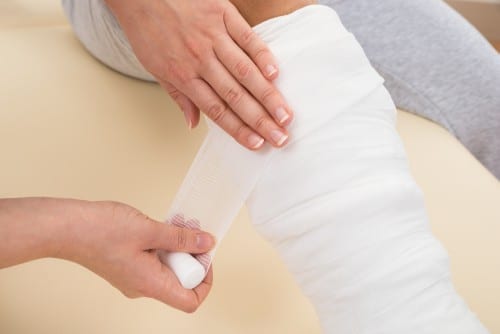
An international, interdisciplinary team is developing highly porous biomaterials for localised release of therapeutic ions and drugs
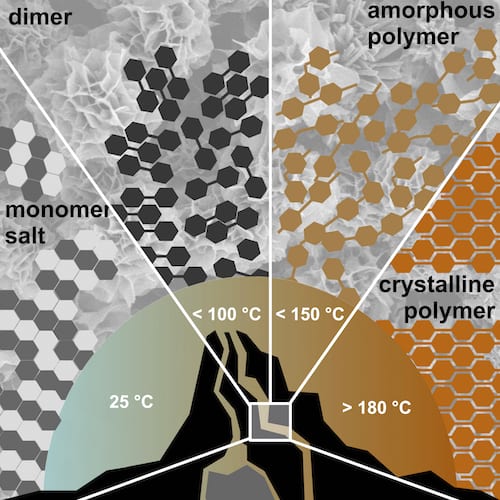
Miriam Unterlass investigates benign alternative polymerization process yielding polymers that are typically only conceivable under harsh conditions.

Swiss researchers present a postmodification protocol of a polymer that allows the creation of a variety of surfaces for different applications.
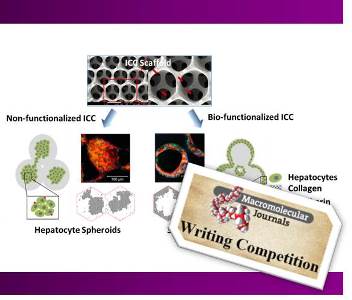
Micro-porous PEG hydrogels are functionalized with collagen type-I that has a selective response with human hepatocarcinoma cells.